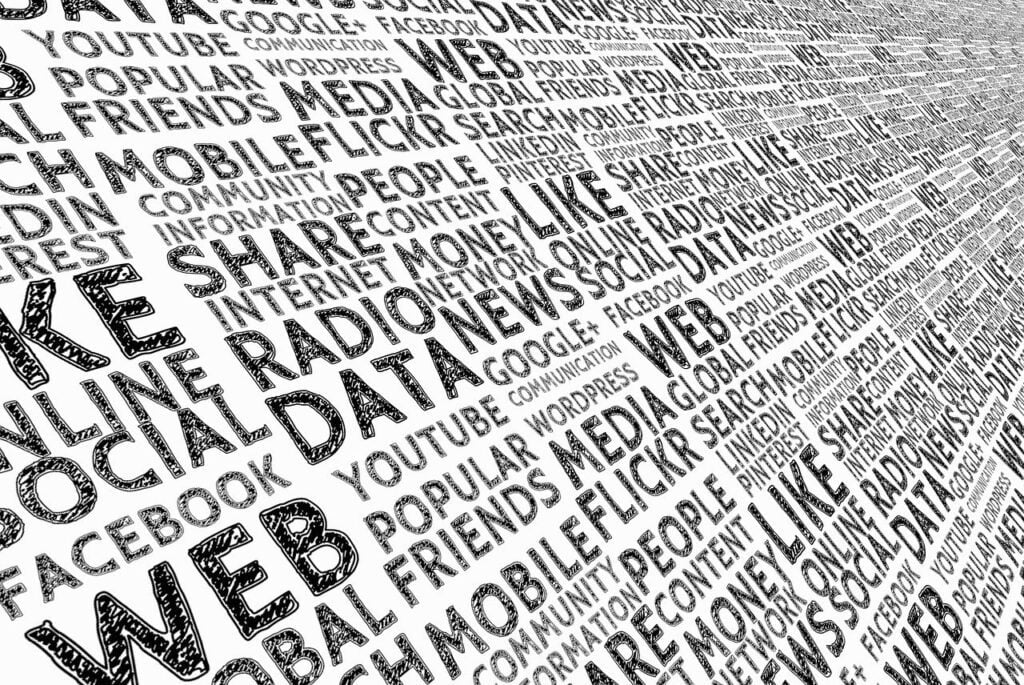
Artificial intelligence (AI) is a powerful tool and technique that can quickly transform the world into the next generation. AI has many potential uses such as disaster management, environmental prediction, health care, and security. On the one hand, it has a very high potential to make human life easier than ever. On the other hand, it has many potential threats due to the misuse of AI. Advanced AI-based systems have the power to impact all the environmental compartments adversely if not developed, deployed, and regulated properly. Here are some possible examples of emerging environmental threats and consequences of advanced AI.
1. Environmental degradation and climate change
Advanced AI is useful to optimize resource management and reduce waste by optimizing energy usage in buildings or reducing traffic congestion. However, advanced AI needs exhaustive computing which requires high energy and can increase carbon emissions. Therefore, this can be one of the reasons for climate change. Climate change has a cyclic impact on all the environmental compartments. Additionally, producing and disposing of e-waste used in advanced AI systems will significantly contribute to environmental pollution and resource depletion.
AI can be useful to monitor and predict climate patterns, allowing for more effective disaster management and response. In addition, AI can be useful to support industries that contribute to climate change, such as fossil fuel extraction and manufacturing. At the same time, training an AI model can emit 280 MT CO2, since it requires high computational facilities. A typical passenger vehicle can emit about 4.6 MT of CO2 per year. Increasing dependency on advanced AI could be a significant contributor to climate change.
2. Human health risks
The AI-based system improves healthcare outcomes by analyzing large datasets to identify disease patterns and develop more effective treatments. AI can also monitor patients in real-time, allowing for early detection and intervention in case of health emergencies. However, extensive use of AI could contribute to significant health risks such as sedentary behavior and poor mental health. Often people spend more time sitting in front of screens and less time being physically active, leading to obesity and related health issues. For instance, the excessive use of digital devices may cause eye strain, headaches and disrupt sleep patterns. In addition, the use of AI-based virtual reality games and applications may lead to mental complications possibly due to addiction and social isolation. Therefore it has large opportunities as well as risks in healthcare if the content is generated through AI systems such as ChatGPT.
3. Unintended consequence
Advanced AI systems can learn from vast amounts of data and make decisions that may not be consistent with human values or intentions. This could lead to unintended consequences, such as accidents or unintended harm to humans or the environment. AI can create hidden errors and generate new hazards. In addition, advanced AI-based systems will harm skills, critical thinking, and understanding.

4. Cybersecurity risks
As AI advances it may be vulnerable to more sophisticated cyber attacks. This could lead to privacy breaches, data theft, hacking of sensitive systems, manipulation of data, and system malfunctions. This could have significant consequences for human health, safety, and privacy.
5. Increasing use of autonomous weapons
The use of AI to develop autonomous weapons, such as drones or robots, could lead to unpredictable and dangerous consequences, including accidental harm to civilians. Additionally, AI algorithms could be useful to create effective weapons, which could pose a significant threat to human health.
6. Malicious use of surveillance data
AI-based systems are extensively useful to monitor people’s behavior, track their movements, and analyze their data on a massive scale. If this data falls into the wrong hands, it could be used for malicious purposes, such as theft or blackmail.
7. Unintentional Discrimination
AI systems can be biased and discriminatory, particularly when they are trained on biased data. This could lead to unfair treatment of certain groups of people, such as minorities or women. This could be one of the major concerns of emerging environmental threats of AI
8. Risk of Infodemics
AI can be used to create convincing fake videos, images, and audio recordings. These contents could be used to spread false information about human health, the environment and manipulate public opinion. This could be difficult to estimate the loss and damage since this will always be unpredictable. Therefore, this could be one of the top ten emerging environmental threats of AI.
9. Increase resource consumption
The production of the hardware required to power chatbots and other AI systems can require significant amounts of resources. For example, demand for rare earth metals and other materials will increase. To fulfill the same, mining activity will increase and contribute to resource depletion and environmental degradation.
10. Increasing energy consumption and e-waste
Chatbots and other conversational AI systems require significant computing power. This can lead to higher energy consumption and associated carbon emissions. The energy consumption of data centers that power these systems can also have an impact on the environment.
As AI systems become more prevalent, there will be an increase in the production and disposal of electronic components. This can contribute to a large e-waste and associated environmental pollution. On a global scale, e-waste waste generation is a growing concern since it is increasing by 3 to 5% annually. Electronic production has a very high carbon footprint since it requires a large number of minerals and polymeric materials.

How to minimize the negative impact of AI?
It’s important to recognize these potential misuses and take steps to mitigate them. This is possible through developing ethical guidelines for AI development and use. In addition, creating regulatory frameworks, and educating the public on the risks and benefits of AI.
Overall, the impact of AI on the environment and health will depend on how it is developed, deployed, and regulated. It’s important to consider the consequences and take proactive measures to ensure that AI is used in ways as intended. Therefore, it is important to address these potential negative impacts of advanced AI. It can be achievable by developing responsible AI practices and implementing robust cybersecurity measures. In addition, ensuring that AI systems are developed with human values and intentions in mind.
Developing and deploying AI systems responsibly and sustainably to address these emerging environmental threats is important. Further, minimizing energy consumption, reducing e-waste, and ensuring the responsible sourcing of materials are crucial. It is achievable through environment-friendly technologies, responsible manufacturing and disposal practices, and the adoption of energy-efficient hardware and software solutions.

